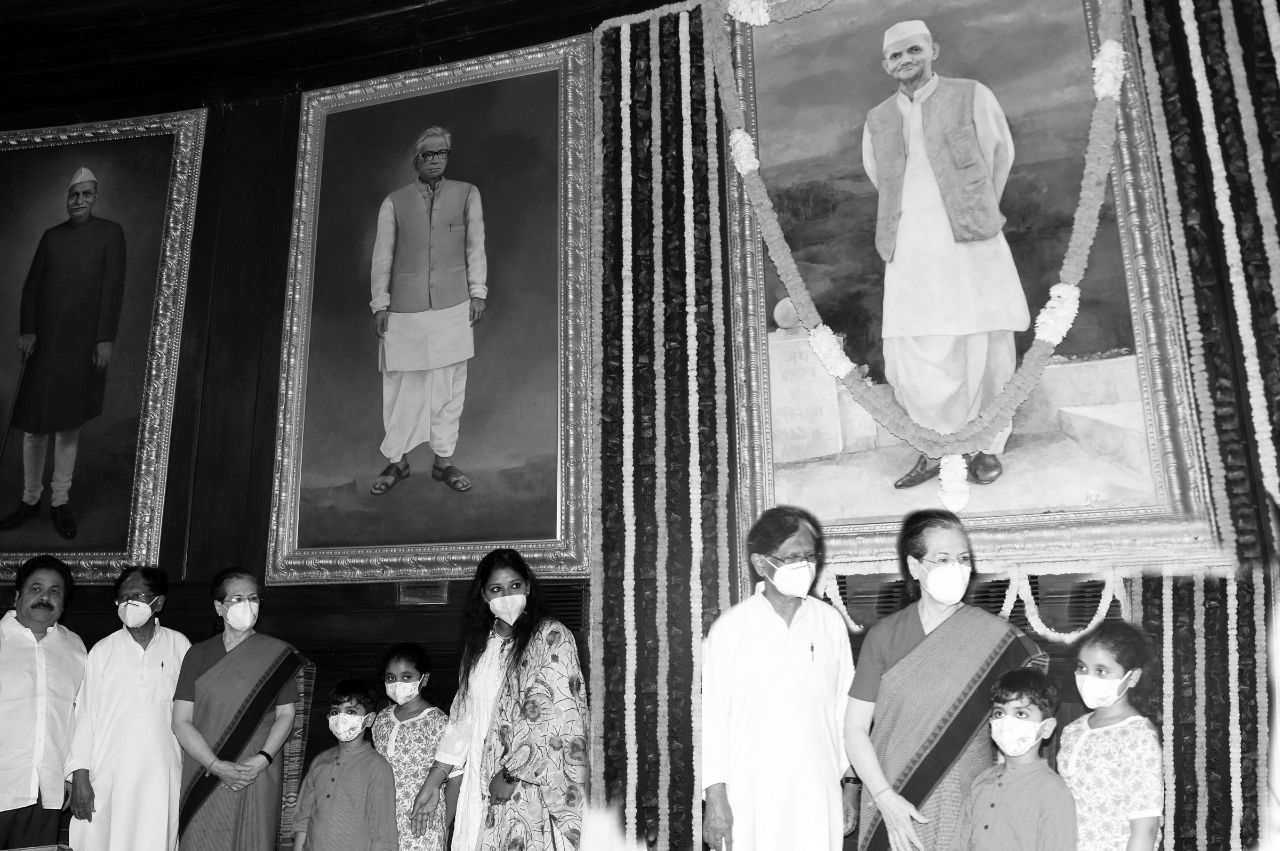On Lofty Ideals of Shastri Ji

- Dr. Satyendra Kumar
Lal Bahadur Shastri was born in Mughalsarai on October 02, 1904. He became the second Prime Minister of India after sudden demise of Pandit Jawahar Lal Nehru. He is the main Architect of Modern India, who contributed immensely for making and shaping of India at a time when Indian democracy was passing through a transition.
He was a freedom fighter who spent several years of jail term during freedom struggle. Shastri ji got educated at Railways School in Mughalsarai; later admitted in Harishchandar School in Varanasi. He was first graduate from Mahatma Gandhi Kashi Vidyapeeth. He was a true Gandhian who joined the freedom movement at the clarion call of Mahatma Gandhi. He set a very high moral standard even while in jail. Once his daughter was sick and so court granted parole to visit home, but he returned soon even when a few days of parole were still left because his daughter died due to illness. Shastri remained a devout Congressman throughout his life. Shaped in Gandhian mould, he practised truth and non-violence all his life. With untimely demise of our first Prime Minister Pandit Nehru, he became the guiding light for the Congress Party. While playing most effectively his multiple roles as Minister of Railways, Home Minister and Prime Minister of India, Shastri ji shaped India on Nehruvian vision of secularism, multi-culturalism and internationalism; bringing laurels to India at a time when India was in the first decade of Independence.
Born in an ordinary family and assuming responsibilities at an early age after his father’s death, he was able to overcome all odds in life and was able to get elevated as successor of Nehru. As a true Gandhian, Shastri ji was a grassroots level Congress worker, who sacrificed his entire life for the betterment of the Indian masses. He always believed in the principles of truth and non-violence.
Though his tenure as Prime Minister of India was very short - just for 17 months, but he left an indelible mark on Indian democracy.
During war with Pakistan in 1965, America threatened India with grave consequences and stopped supply of wheat. India was not self-reliant at that time in wheat production. Therefore, he appealed the countrymen to keep fast once in a week. People overwhelmingly responded to his appeal and started observing fast once a week. This resulted in enough saving of food grains and thus India became self-reliant in food consumption. Under his able guidance, the Indian agriculture scientist brought Green Revolution which resulted in substantial improvement in agriculture production.
As Railway Minister of India, he set high moral standard and resigned from his post after a train accident, taking moral responsibility of the accident.
Later Lal Bahadur Shastri was appointed as Home Minister after untimely death of Sardar Vallabhbhai Patel. He, too, carried forward Patel’s legacy and worked for national unification and maintained law and order in the country even at the time of aggression from our neighbours.
During his visit to Tashkent in Soviet Russia, he signed Peace Agreement with Pakistani President General Ayub Khan to end animosity with Pakistan. Both countries were at war over border-related issues. Shastri ji tried his best to solve the border dispute with Pakistan amicably.
Unfortunately, he died the very next day under mysterious circumstances due to heart attack. Throughout his life, he remained epitome of simplicity and goodness and set high moral standards in public life. He never compromised with the core values of life. He always lived very simple life and maintained lofty ideals in affairs of state.
The author is an Assistant Professor, Department of English in Kirori Mal College, University of Delhi







